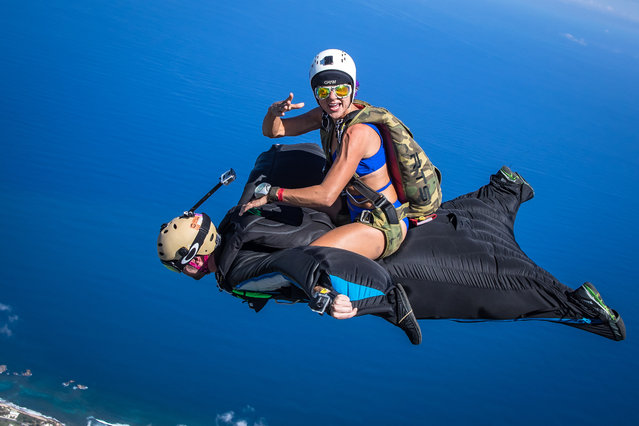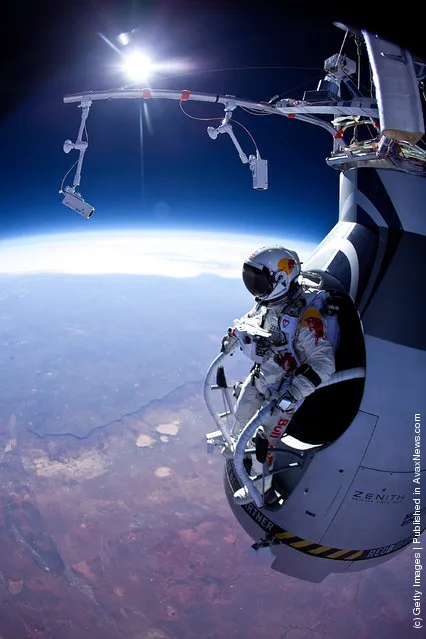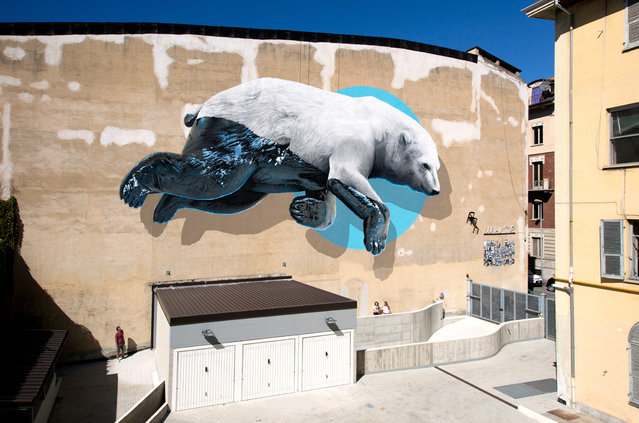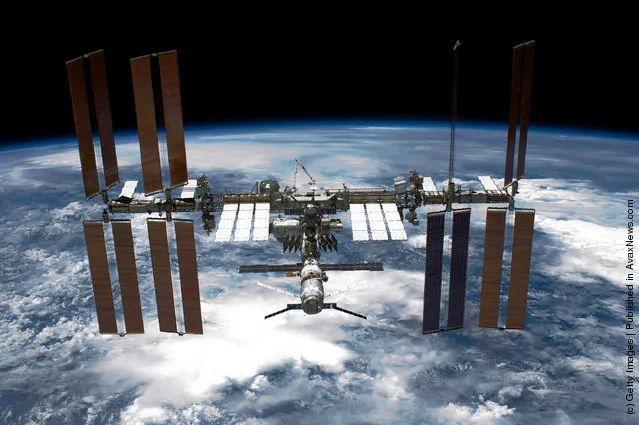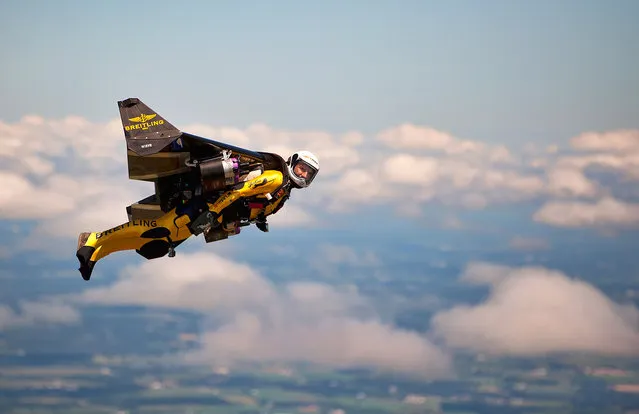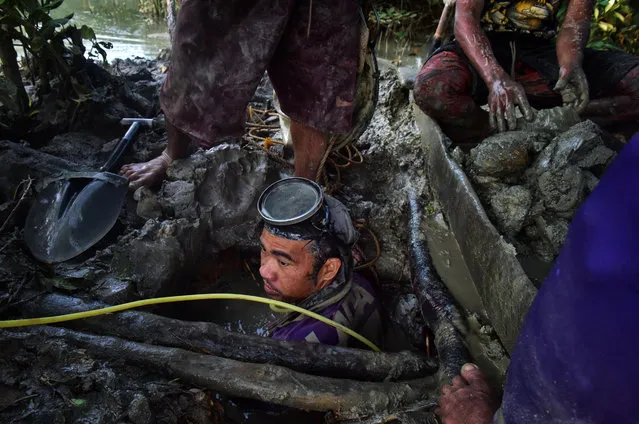
Gisele Marie, a Muslim woman and professional heavy metal musician, plays her Gibson Flying V electric guitar during a concert in Sao Paulo December 16, 2014. Based in Sao Paulo, Marie, 42, is the granddaughter of German Catholics, and converted to Islam several months after her father passed away in 2009. Marie, who wears the Burka, has been fronting her brothers' heavy metal band “Spectrus” since 2012. (Photo by Nacho Doce/Reuters)
25 Sep 2015 08:03:00,post received
0 comments


